 Date: 2014-07-02 16:37:23Deviance Log-linear model Gamma distribution Linear regression Normal distribution Binomial regression Digamma Least squares Exponential family Statistics Regression analysis Generalized linear model | |  Package ‘statmod’ July 2, 2014 Version[removed]Date[removed]Title Statistical Modeling Author Gordon Smyth [cre, aut], Yifang Hu [ctb], Peter Dunn [ctb], Belinda Phipson [ctb], Yunshun Chen [ctb] Package ‘statmod’ July 2, 2014 Version[removed]Date[removed]Title Statistical Modeling Author Gordon Smyth [cre, aut], Yifang Hu [ctb], Peter Dunn [ctb], Belinda Phipson [ctb], Yunshun Chen [ctb]
Add to Reading ListSource URL: cran.r-project.orgDownload Document from Source Website File Size: 223,69 KBShare Document on Facebook
|

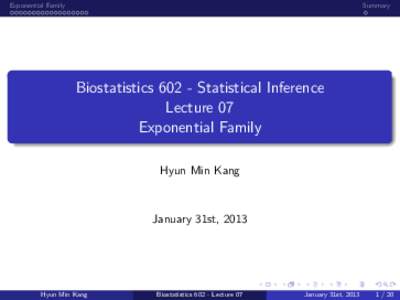
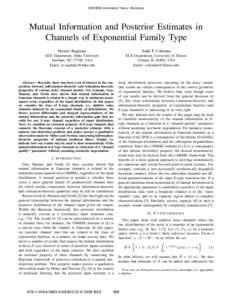
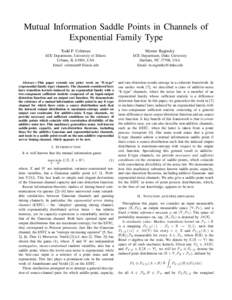
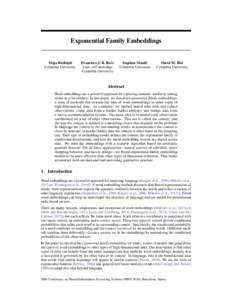
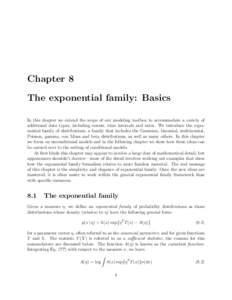
 Package ‘statmod’ July 2, 2014 Version[removed]Date[removed]Title Statistical Modeling Author Gordon Smyth [cre, aut], Yifang Hu [ctb], Peter Dunn [ctb], Belinda Phipson [ctb], Yunshun Chen [ctb]
Package ‘statmod’ July 2, 2014 Version[removed]Date[removed]Title Statistical Modeling Author Gordon Smyth [cre, aut], Yifang Hu [ctb], Peter Dunn [ctb], Belinda Phipson [ctb], Yunshun Chen [ctb]